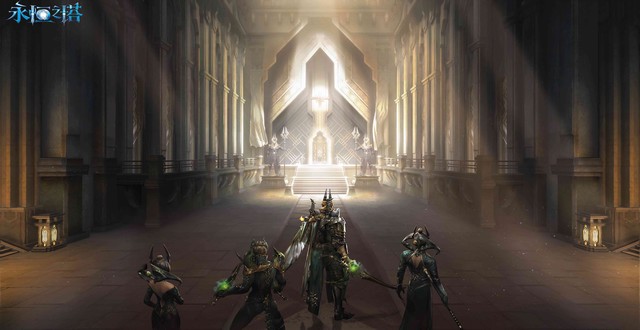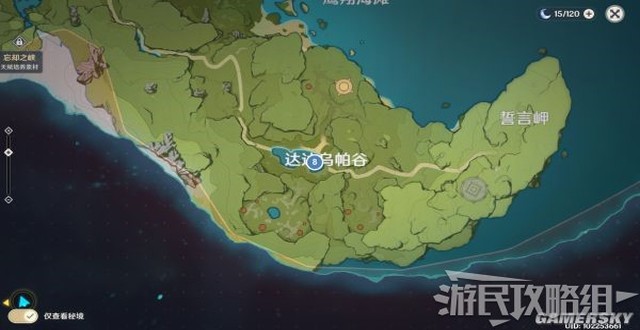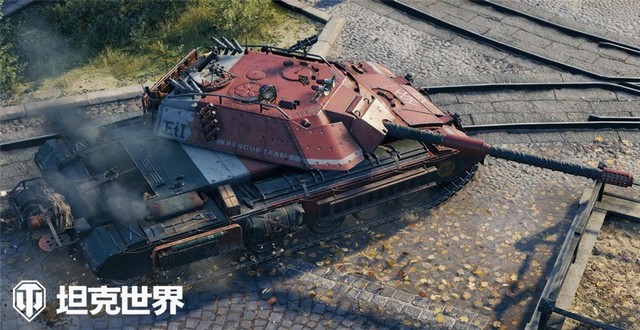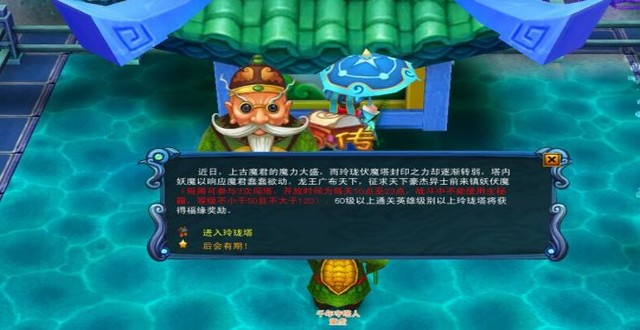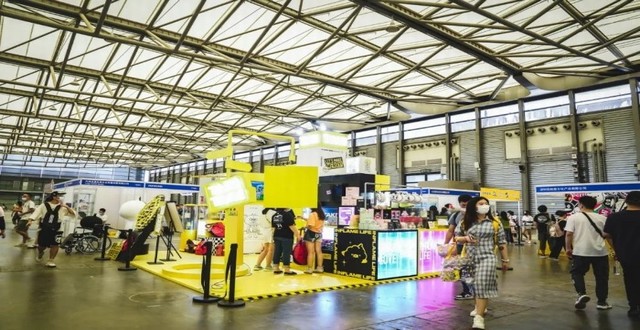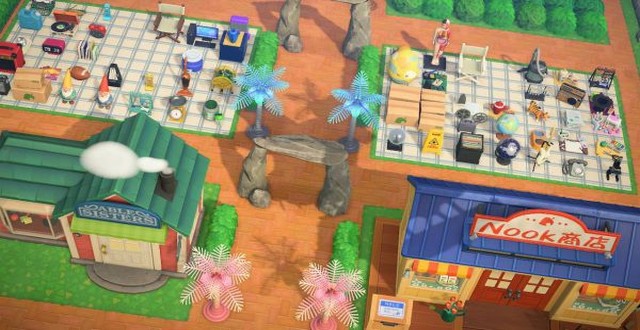【我的世界在没有村民的地方怎么弄出来村民?】
创造模式可以
【我的世界除了末地还有什么地方】
除了末地还有许多地方(有MOD就有很多),在没有MOD的我的世界里面有,末地,主世界,地狱.
下载MOD后有的会有其他的世界,其中就有暮色森林,虚无世界.
求采纳!
【我的世界地点得到?】
你说的我听不懂
【我的世界怎么会最初的地点】
Buckingham Palace has served as the official London residence of Britain's sovereigns since 1837.
It evolved from a town house that was owned from the beginning of the eighteenth century by the Dukes of Buckingham. Today it is The Queen's official residence, with 775 rooms.
Although in use for the many official events and receptions held by The Queen, areas of Buckingham Palace are opened to visitors on a regular basis.
The State Rooms of the Palace are open to visitors during the Annual Summer Opening in August and September. They are lavishly furnished with some of the greatest treasures from the Royal Collection - paintings by Rembrandt, Rubens, Vermeer, Poussin, Canaletto and Claude; sculpture by Canova and Chantrey; exquisite examples of Sèvres porcelain; and some of the finest English and French furniture in the world.
History
George III bought Buckingham House in 1761 for his wife Queen Charlotte to use as a comfortable family home close to St James's Palace, where many court functions were held. Buckingham House became known as the Queen's House, and 14 of George III's 15 children were born there.
In 1762 work began on remodelling the house to the King's requirements, to designs by Sir William Chambers, at a cost of £73,000.
George IV, on his accession in 1820, decided to reconstruct the house into a pied-à-terre, using it for the same purpose as his father George III.
As work progressed, and as late as the end of 1826, the King had a change of heart. With the assistance of his architect, John Nash, he set about transforming the house into a palace. Parliament agreed to a budget of £150,000, but the King pressed for £450,000 as a more realistic figure.
Nash retained the main block but doubled its size by adding a new suite of rooms on the garden side facing west. Faced with mellow Bath stone, the external style reflected the French neo-classical influence favoured by George IV.
The remodelled rooms are the State and semi-State Rooms, which remain virtually unchanged since Nash's time.
Many of the pieces of furniture and works of art in these rooms were bought or made for Carlton House (George IV's London base when he was Prince of Wales), which was demolished in 1827.
The north and south wings of Buckingham House were demolished and rebuilt on a larger scale with a triumphal arch - the Marble Arch - as the centrepiece of an enlarged courtyard, to commemorate the British victories at Trafalgar and Waterloo.
By 1829 the costs had escalated to nearly half a million pounds. Nash's extravagance cost him his job, and on the death of George IV in 1830, his younger brother William IV took on Edward Blore to finish the work.
The King never moved into the Palace. Indeed, when the Houses of Parliament were destroyed by fire in 1834, the King offered the Palace as a new home for Parliament, but the offer was declined.
Queen Victoria was the first sovereign to take up residence in July 1837, just three weeks after her accession, and in June 1838 she was the first British sovereign to leave from Buckingham Palace for a Coronation. Her marriage to Prince Albert in 1840 soon showed up the Palace's shortcomings.
A serious problem for the newly married couple was the absence of any nurseries and too few bedrooms for visitors. The only solution was to move the Marble Arch - it now stands at the north-east corner of Hyde Park - and build a fourth wing, thereby creating a quadrangle.
Blore, the architect in charge, created the East Front and, thanks largely to his builder, Thomas Cubitt, the costs were reduced from £150,000 to £106,000. The cost of the new wing was largely covered by the sale of George IV's Royal Pavilion at Brighton.
Blore added an attic floor to the main block of the Palace and decorated it externally with marble friezes originally intended for Nash's Marble Arch. The work was completed in 1847.
By the turn of the century the soft French stone used in Blore's East Front was showing signs of deterioration, largely due to London's notorious soot, and required replacing.
In 1913 the decision was taken to reface the façade. Sir Aston Webb, with a number of large public buildings to his credit, was commissioned to create a new design. Webb chose Portland Stone, which took 12 months to prepare before building work could begin. When work did start it took 13 weeks to complete the refacing, a process that included removing the old stonework.
The present forecourt of the Palace, where Changing the Guard takes place, was formed in 1911, as part of the Victoria Memorial scheme.
The gates and railings were also completed in 1911; the North-Centre Gate is now the everyday entrance to the Palace, whilst the Central Gate is used for State occasions and the departure of the guard after Changing the Guard.
The work was completed just before the outbreak of the First World War in 1914.
Today
Besides being the official London residence of The Queen, Buckingham Palace is also the busy administrative headquarters of the Monarchy and has probably the most famous façade of any building in the world.
Buckingham Palace has 775 rooms. These include 19 State rooms, 52 Royal and guest bedrooms, 188 staff bedrooms, 92 offices and 78 bathrooms. In measurements, the building is 108 metres long across the front, 120 metres deep (including the central quadrangle) and 24 metres high.
The Palace is very much a working building and the centrepiece of Britain's constitutional monarchy. It houses the offices of those who support the day-to-day activities and duties of The Queen and The Duke of Edinburgh and their immediate family.
The Palace is also the venue for great Royal ceremonies, State Visits and Investitures, all of which are organised by the Royal Household.
Although Buckingham Palace is furnished and decorated with priceless works of art that form part of the Royal Collection, one of the major art collections in the world today, it is not an art gallery and nor is it a museum.
Its State Rooms form the nucleus of the working Palace and are used regularly by The Queen and members of the Royal Family for official and State entertaining.
More than 50,000 people visit the Palace each year as guests to banquets, lunches, dinners, receptions and the Royal Garden Parties.
For those who do receive an invitation to Buckingham Palace, the first step across the threshold is into the Grand Hall and up the curving marble stairs of the Grand Staircase. Portraits are still set in the walls, as they were by Queen Victoria.
The Throne Room, sometimes used during Queen Victoria's reign for Court gatherings and as a second dancing room, is dominated by a proscenium arch supported by a pair of winged figures of 'victory' holding garlands above the 'chairs of state'.
It is in the Throne Room that The Queen, on very special occasions like Jubilees, receives loyal addresses. Another use of the Throne Room has been for formal wedding photographs.
George IV's original palace lacked a large room in which to entertain. Queen Victoria rectified that shortcoming by adding in 1853-5 what was, at the time of its construction, the largest room in London.
At 36.6m long, 18m wide and 13.5m high, the Ballroom is the largest multi-purpose room in Buckingham Palace. It was opened in 1856 with a ball to celebrate the end of the Crimean War.
It is along the East Gallery that The Queen and her State guests process to the Ballroom for the State Banquet normally held on the first day of the visit.
Around 150 guests are invited and include members of the Royal Family, the government and other political leaders, High Commissioners and Ambassadors and prominent people who have trade or other associations with the visiting country.
Today, it is used by The Queen for State banquets and other formal occasions such as the annual Diplomatic Reception attended by 1,500 guests.
This is a very formal occasion during which The Queen will meet every head of mission accredited to the Court of St James's. For the diplomats it is perhaps the highlight of the annual diplomatic social calendar.
The Ballroom has been used variously as a concert hall for memorial concerts and performances of the arts and it is the regular venue for Investitures of which there are usually 21 a year - nine in spring, two in the summer and ten in the autumn.
At Investitures, The Queen (or The Prince of Wales as her representative) will meet recipients of British honours and give them their awards, including knighting those who have been awarded knighthoods.
From the Ballroom, the West Gallery, with its four Gobelin tapestries, leads into the first of the great rooms that overlook lawn and the formal gardens - setting for the annual Garden Parties introduced by Queen Victoria in 1868.
The State Dining Room is one of the principal State Rooms on the West side of the Palace. Many distinguished people have dined in this room including the 24 holders of the Order of Merit as well as presidents and prime ministers.
Before the Ballroom was added to the Palace in the 1850s, the first State Ball was held in the Blue Drawing Room in May 1838 as part of the celebrations leading up to Queen Victoria's Coronation.
The Music Room was originally known as the Bow Drawing Room and is the centre of the suite of rooms on the Garden Front between the Blue and the White Drawing Rooms.
Four Royal babies - The Prince of Wales, The Princess Royal, The Duke of York and Prince William - were all christened by the Archbishop of Canterbury in the Music Room.
One of its more formal uses is during a State Visit when guests are presented to The Queen, The Duke of Edinburgh and the visiting Head of State or for receptions.
The last of the suite of rooms overlooking the gardens on the principal floor is the White Drawing Room. Originally called the North Drawing Room, it is perhaps the grandest of all the State Rooms. The Room also serves as a Royal reception room for The Queen and members of the Royal Family to gather before State and official occasions.
The Bow Room is familiar to the many thousands of guests to Royal Garden Parties who pass through it on their way to the garden. It was originally intended as a part of George IV's private apartments - to be the King's Library - but it was never fitted up as such.
Instead, it has become another room for entertaining and is where The Queen holds the arrival lunch for a visiting Head of State at the start of a State visit.
【我的世界指令大全?】
/advancement 更改玩家进度,/bossbar 更改boss血条,/clear 清除玩家物品,/clone 复制方块,/data 改变方块或实体的NBT数据,/datapack 管理数据包,/debug 开始调试,/defaultgamemode 更改默认游戏模式
/difficulty 设置难度,/effect 添加或移除药水效果,/enchant 附魔玩家物品,/execute 以另一实体身份执行命令,/experience 刷经验,/fill 填充方块,/function 运行函数,/gamemode 更改游戏模式,/gamerule 更改游戏规则,/give 给玩家物品,/help 显示帮助,/kill 杀死实体,/locate 定位最近的建筑坐标,/me (不知道如何描述),/particle 生成粒子效果,/playsound 播放音乐,/recipe 管理合成,/reload 重载数据包,/replaceitem 替换物品
/say 说话,/scoreboard 记分板,/seed 显示种子,/setblock 放置方块,/setworldspawn 设置出生点/spawnpoint 设置重生点,/spreadplayers 随机分散实体,/stats 探测命令执行结果,/stopsound 停止音效,/summon 生成实体,/tag 修改实体标签,/team 修改队伍,/teleport 传送实体(和tp有点区别),/tell 发私信,/tellraw 发送高级信息,/testfor 探测实体,/testforblock 探测方块,/testforblocks 探测区域内方块是否相同,/time 更改或查询时间,/title 显示标题,/toggledownfall 切换天气,/tp 传送实体,/trigger 更改判据为trigger的计分板,/weather 设置天气,/worldborder 更改世界边缘,/xp 刷经验.
另外中国版我的世界指令大全
/give
使用方法:give 名称 物品ID 数量 作用:给予玩家物品。
/gamerule mobGriefing false
作用:保护地形,防止苦力怕炸坑
/weather 改变天气
clear - 将天气设为晴天。
rain - 将天气设为雨天(寒冷的生物群系会下雪)。
thunder - 将天气设为雷暴雨(寒冷的生物群系会下雷暴雪)。
/difficulty
改难度 peaceful(和平) easy(简单) normal(一般) hard(困难)
/tp
使用方法:/tp x y z 作用:传送位置
/gamemode
使用方法:“gamemode 0”为生存模式,“gamemode 1”为创造模式,“gamemode 2”为冒险模式,“gamemode 3”为旁观。
/gamerule keepinventory true
死亡不掉落
/kill
作用:不输入名字为,输入其他人名字杀死其他人
/locate
作用快速定位结构
▍中国版指令(基岩版本1.12.0)
我的世界指令大全(基岩版1.12.0)
/?/help的替代命令,提供命令使用帮助
/ability赋予或剥夺玩家的能力。
/clear从玩家物品栏中删除物品。
/clone将特定区域的方块复制到另一处。
/connect/wsserver的替代命令,连接至WebSocket服务器。
/deop撤销玩家的管理员权限。
/difficulty设置难度等级。
/effect添加或移除状态效果。
/enchant附魔玩家的物品。
/execute执行另一命令。
/experience给予玩家经验。
/fill将某个区域填满特定方块。
/function运行一个函数。
/gamemode更改玩家的游戏模式。
/gamerule更改或查询游戏规则值。
/give给予玩家物品。
/help提供命令使用帮助。
/kill杀死实体(玩家、生物、物品等)。
/list列出服务器中的玩家。
/locate显示最近给定结构的坐标。
/me显示一条关于自己的信息。
/mixerMixer交互性控制。
/mobevent控制或查询允许运行的生物事件。
/msg/tell的替代命令,向另一玩家发送私信。
/op授予玩家管理员权限。
/particle创建颗粒。
/playsound播放音效。
/reload从硬盘中重新加载战利品表、进度和函数。
/replaceitem替换物品栏中的物品。
/resupply立即补给村庄新经济供需体系。
/save准备备份,查询其状态或恢复。
/say向多个玩家发送消息。
/scoreboard管理记分板目标、玩家、队伍与标签。
/setblock将方块替换为其他方块。
/setmaxplayers设置可加入游戏的玩家数量上限。
/setworldspawn设置世界出生点。
/spawnpoint为玩家设置出生点。
/spreadplayers将实体传送到随机位置。
/stopsound 停止音效。
/summon 生成实体。
/tag 修改玩家或实体的标签。
/teleport /tp的替代命令,传送实体。
/tell 向另一玩家发送私信。
/tellraw向玩家显示JSON消息。
/testfor 统计符合给定条件的实体。
/testforblock测定某方块是否在某位置。
/testforblocks 测定两个区域中的方块是否相同。
/time 更改或查询游戏中的世界时间。
/title 管理屏幕上的标题。
/toggledownfall 切换天气。
/tp 传送实体。
/w /tell的替代命令,向另一玩家发送私信。
/weather设置天气。
/wsserver 连接至WebSocket服务器。
/xp 增加或减少经验。
以上这些我的世界指令对于老玩家来说耳熟能详了,但是新手玩家可能会有点蒙圈,不要怕,慢慢来,先记住几个简单的,然后再有简入难的开始吧
【我的世界指令~用法】
开创造指令:gamemode
1
生存指令:gamemode
0
死亡不掉落指令:/gamerule
keepInventory
true注意指令里的i要大写,不然指令无效
防爆指令:/gamerule
mobGriefing
False
想关闭防爆把指令末尾的flse改成true
设置自己重生点指令:/spawnpoint
多人重生点指令:/spawnpoint
@a
要物品指令:give
【玩家名字】【物品名字】【数量】
比如说给我64个钻石,就是give
xxx
diamond
64
钻石剑是give
xxx
diamond_sword
我的世界只有指令才能得到的物品:屏障
命令块
结构方块
结构空位
空气
1.13版本的调试棒
命令块是give
xxx
commond_block
屏障是give
xxx
minecrat:barrier
结构方块是:give
xxx
minecraft:Structure
blocks
结构空位是give
xxx
minecraft:Structure
void
调试棒是give
xxx minecraft:debug_stick
在1.13电脑版可以用这个指令获得,无法合成,样子就是附魔的木棍
空气指令:give
xxx
minecraft:air,它不能放置,你用指令得了空气你也看不见
白天指令:/time
set
6
/fill指令:
填充方块,可以用这个指令做空岛地图,比如:/fill
-636
4
-38
-636
7-38
air

